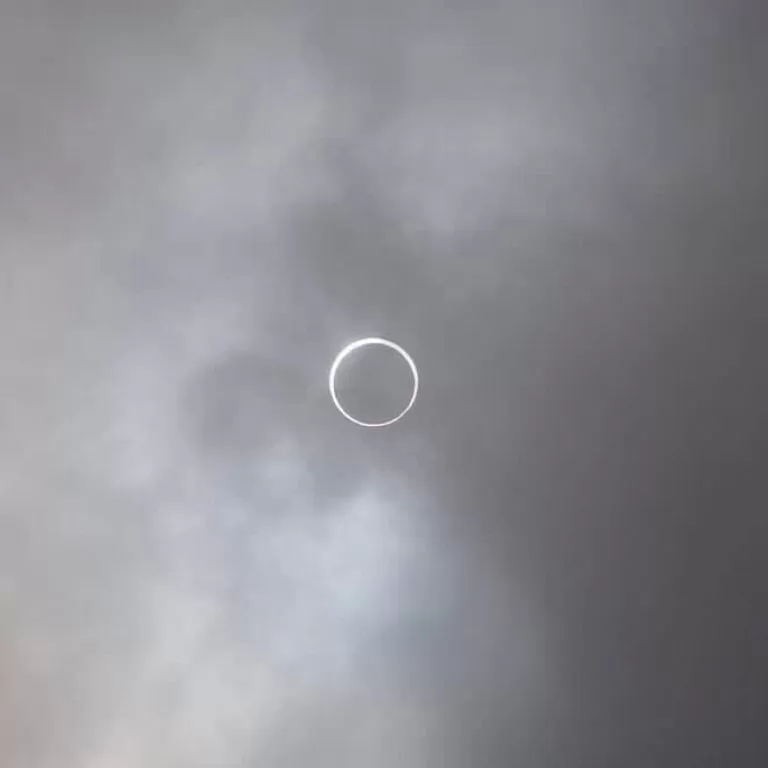
News Time-Lapse Trends: eclipse
“Time-Lapse Trends” is a video blog series which draws attention to some of the many exciting trends in time-lapse production. We feature a new trend in each instalment, to demonstrate the scope of the medium and the various ways in which it is applied, ranging from the popular to the more obscure.
Ahead of the eagerly anticipated solar eclipse on 21 August we explore some of the ways in which celestial events of this kind may be captured using time-lapse.
A solar eclipse occurs when the Moon passes between Earth and the Sun.
Standing directly in the Moon’s shadow will grant you a view of the Sun as it is slowly obscured from view by the passing satellite – leaving only a ring of bright light protruding around the Moon’s edge.
Time-lapsing these events can accommodate much more than the celestial motion itself, making it part of a larger visual narrative.
This example from ‘roy two thousand’ tracks a solar eclipse over Pyramid Lake, Nevada back in May 2012.
His camera scopes the surroundings and the celebrations on ground, capturing parts of the Symbiosis Gathering – a five-day festival which brought together artists, musicians, and teachers, to celebrate the sustainable lifestyles and planetary healing associated with the West Coast.
Spectacular narratives for spectacular events
Witnessing any eclipse is nothing short of spectacular but what about ‘chasing’ an eclipse as it sweeps across the country? That’s what the makers of this video did in Western Australia, making a visual journal of their adventures using time-lapse.
The video documents the dates and times of their journey across mostly-deserted parts of the country, as they followed an annular solar eclipse and other stunning celestial movements in May, 2013.
On some occasions, only a partial eclipse is visible but this can create some equally striking sequences through time-lapse capture.
This short time-lapse from bryan levinh was filmed on a cloudy day which obscures some of the activity. But with the post-production filtering effects the clouds add a dramatic tone to the sequence, clearly marking out the reflections on the water.
From the US to Norway.
This sequence captures a midnight Sun eclipse – a very rare event which most parts of the world will never see – where half of the lingering Sun will be covered by the moon illuminated by the vibrant sunset sky. This is so rare that the next time an even deeper midnight eclipse will occur will be 2084.
Scandinavia is the only densely populated area in the world where a midnight Sun eclipse can be experienced as in Arctic parts of the world the Sun does not set, making it possible for a solar eclipse at any time of day.
But how about seeing such lunar happenings from a different angle?
Thanks to this time-lapse video from ‘OmniCosm Studios’, you can experience what it’s like to be ‘Inside a Lunar Eclipse’ from September, 2015.
There is six hours of footage in this one minute sequence, depicting the moon as it passes through the shadow of Earth but filmed from the lunar surface itself.
These are just a handful of examples showing how time-lapse can be used to render solar eclipses so that they can be experienced again and again.